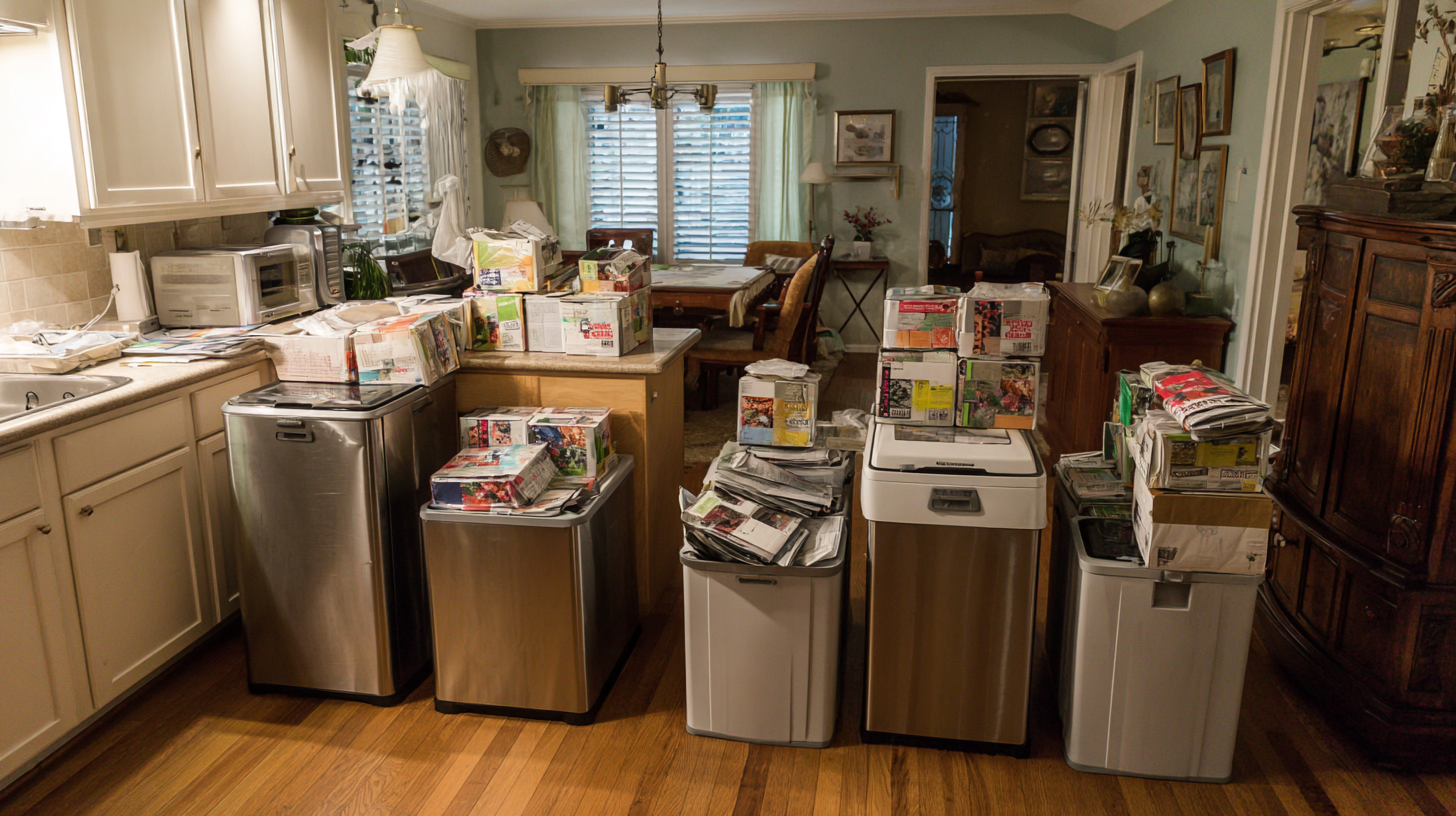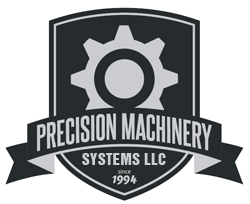The Definitive Guide to Choosing the Best Home Compactor for Your Needs
In an increasingly eco-conscious world, homeowners are seeking efficient solutions to manage waste, leading to the rising popularity of the Home Compactor. As we step into 2025, understanding the latest industry trends and advancements is crucial for making an informed purchasing decision. This definitive guide will navigate through the essential features of Home Compactors, examining various types and providing tailored solutions to meet diverse household needs.

From compacting kitchen waste to reducing the volume of recyclables, we will explore how these innovative machines can significantly enhance waste management efficiency while minimizing your carbon footprint. Whether you are a first-time buyer or looking to upgrade your existing unit, this comprehensive overview will equip you with the knowledge necessary to choose the best Home Compactor for your lifestyle.
Understanding the Importance of a Home Compactor in Modern Living
In modern living, the importance of a home compactor cannot be overstated. With the rise of urbanization and smaller living spaces, effective waste management has become essential. According to a report by the Environmental Protection Agency, the average American produces about 4.4 pounds of waste per day, which can quickly overwhelm traditional trash disposal methods. A home compactor can reduce the volume of waste by up to 75%, making it an invaluable tool for both efficiency and sustainability.
Furthermore, home compactors contribute to a cleaner and more organized living environment. By compressing waste, they minimize the frequency of garbage collection, which not only saves time but also cuts costs associated with waste disposal services. Research conducted by the Waste Management Research Institute shows that households utilizing compactors can decrease their carbon footprint by reducing the number of waste bags sent to landfills. This allows individuals to play an active role in promoting eco-friendly practices while maintaining a tidy home. As more households recognize these benefits, home compactors are poised to become a standard feature in contemporary residences.
The Importance of Home Compactors in Modern Living
Key Features to Look for When Selecting a Home Compactor
When selecting a home compactor, understanding key features can significantly enhance your decision-making process. One crucial aspect to consider is the compaction ratio, which indicates how much waste the compactor can compress. A higher compaction ratio means more waste can fit into the compactor, reducing the frequency of emptying. Look for models that offer a ratio of at least 4:1 to maximize efficiency and minimize trips to the curb.
Another important feature is the size of the compactor. Ensure that the dimensions fit your available space while still having enough capacity for your household waste. Some compactors come in under-counter designs, saving space in smaller kitchens. Additionally, consider the type of motor; a powerful, quiet motor can make a significant difference in usability and convenience.
Tips: When choosing a home compactor, think about additional features like odor management systems and energy efficiency ratings. An odor management system, such as a charcoal filter, can keep your kitchen smelling fresh, while an energy-efficient model will help reduce your carbon footprint and lower electricity bills. Always review customer feedback for insights on the long-term reliability and performance of the compactor you are considering.

Comparing Different Types of Home Compactors: Which One is Right for You?
When it comes to choosing a home compactor, understanding the different types available is crucial for making the right decision. Primarily, there are two categories: manual and automatic compactors. According to a recent report by the Waste Management Research Group, automatic compactors are growing in popularity due to their efficiency, with users reporting up to a 50% reduction in waste volume. This efficiency not only conserves space but also lowers the frequency of waste disposal, making them ideal for families or individuals with significant waste production.
Additionally, compactors can be classified based on their intended use, such as kitchen compactors and industrial-grade options. Kitchen compactors are often favored for residential use due to their compact size and ability to handle organic waste, which can improve recycling efforts at home. The Environmental Protection Agency (EPA) has noted that households using kitchen compactors can reduce their food waste by up to 30%, contributing to a more sustainable waste management system. By analyzing your specific waste generation patterns and considering these distinctions, you can determine the type of home compactor that best fits your lifestyle and environmental goals.
Maintenance Tips to Ensure Your Home Compactor Lasts
Maintaining your home compactor is essential for ensuring its longevity and optimal performance. Regular upkeep starts with cleaning the appliance to prevent odors and bacterial growth. After each use, wipe down the interior and exterior with warm, soapy water, paying special attention to the compacting chamber. Additionally, check for any debris or leftover waste that might clog the mechanism and impede its function.
Another key maintenance tip is to inspect the compactor's ram and motor periodically. Look for signs of wear or strain, and make sure the ram moves smoothly without obstruction. Lubricate moving parts with a food-grade lubricant to reduce friction and enhance efficiency. Moreover, always refer to the manufacturer's guidelines for specific maintenance recommendations, as different models may have unique requirements. By establishing a routine maintenance schedule and being proactive about repairs, you can ensure that your home compactor remains in excellent condition for years to come.
The Definitive Guide to Choosing the Best Home Compactor for Your Needs - Maintenance Tips to Ensure Your Home Compactor Lasts
| Feature | Importance | Frequency of Maintenance | Estimated Cost |
|---|---|---|---|
| Motor Power | High | Annually | $150 |
| Hydraulic System | Medium | Bi-Annually | $100 |
| Safety Features | High | Yearly | $50 |
| Compaction Ratio | Medium | As Needed | $80 |
| Energy Efficiency | High | Annually | $40 |
The Environmental Benefits of Using a Home Compactor in Your Household
Using a home compactor can significantly contribute to environmental sustainability by reducing waste volume and promoting responsible disposal practices. According to the Environmental Protection Agency (EPA), approximately 30% of the waste generated in households is compostable material, and by utilizing a compactor, families can minimize the space that this waste occupies. A compactor can reduce the volume of waste by up to 75%, which results in less frequent trips to the landfill and lowers greenhouse gas emissions associated with waste transport and decomposition process.

Moreover, the adoption of home compactors supports recycling efforts by allowing households to keep recyclable materials separate and compacted. A report by the Institute of Scrap Recycling Industries (ISRI) indicates that up to 95% of scrap metal, glass, and plastics can be recycled effectively. When compacted, these materials are easier to store and transport, enhancing the efficiency of recycling systems. By investing in a home compactor, families not only streamline their waste management but also play a crucial role in minimizing their environmental footprint and conserving natural resources.
